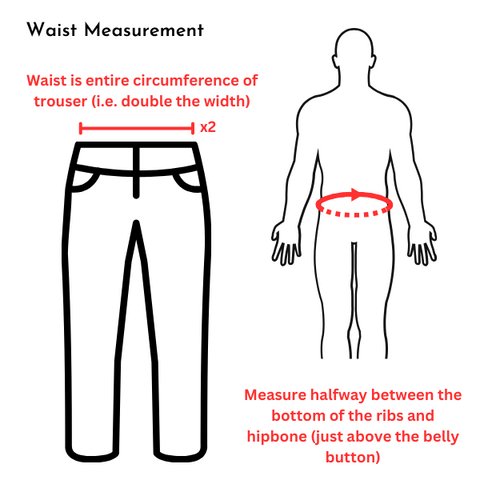A vaginal cuff is the upper part of the vagina that is sewn or closed off after a hysterectomy. It resembles a small, smooth surface at the top of the vaginal canal, usually made of scar tissue. This area plays a crucial role in supporting the pelvic organs. Understanding what does a vaginal cuff look like can provide insight into post-hysterectomy care and potential complications. Let’s dive deeper into exploring the appearance and significance of the vaginal cuff.
What Does a Vaginal Cuff Look Like?
Welcome, curious minds! Today, we are diving into a fascinating topic – the mysterious world of the vaginal cuff. If you’ve ever wondered what a vaginal cuff looks like or what it actually is, you’re in the right place. Prepare to embark on a journey of discovery as we uncover the secrets of the vaginal cuff’s appearance and function.
The Anatomy of the Vaginal Cuff
Before we can understand what a vaginal cuff looks like, let’s first explore its anatomy. The vaginal cuff is a term used to describe the upper part of the vagina that is closed off after a hysterectomy. When a person undergoes a hysterectomy, which is a surgical procedure to remove the uterus, the area where the uterus used to be attached to the vagina is closed with stitches. This closed-off area is what we refer to as the vaginal cuff.
Imagine a small, circular patch of tissue at the top of the vagina, securely sealed to prevent any leakage or infection. The vaginal cuff is a vital part of the healing process post-hysterectomy and plays a crucial role in maintaining the structural integrity of the pelvic organs.
What Does the Vaginal Cuff Look Like?
Now that we have a better understanding of the vaginal cuff’s purpose, let’s delve into its appearance. The vaginal cuff itself is not readily visible to the naked eye as it is located inside the vagina. However, during a gynecological exam, a healthcare provider can visualize the vaginal cuff using specialized instruments.
The appearance of the vaginal cuff may vary depending on the type of hysterectomy performed, the surgical technique used, and individual healing processes. In general, the vaginal cuff appears as a smooth, rounded area at the top of the vagina, where the stitches or sutures have been carefully placed to seal off the area.
Texture and Color
The texture of the vaginal cuff is typically similar to the surrounding vaginal tissue, smooth and elastic. The color of the vaginal cuff may appear slightly different from the rest of the vagina immediately after surgery, often reddish or pinkish due to increased blood flow to the area. Over time, as the vaginal cuff heals, the color usually fades and blends in with the surrounding tissue.
Scarring
Scarring is a natural part of the healing process, and the vaginal cuff is no exception. The area where the vaginal cuff is closed may develop scar tissue, which can sometimes feel slightly raised or thicker than the surrounding tissue. However, with proper care and time, the scar tissue tends to soften and become less noticeable.
Keeping an Eye on Your Vaginal Cuff
After a hysterectomy, it is essential to monitor the healing of the vaginal cuff and watch out for any signs of complications. It’s crucial to follow your healthcare provider’s instructions regarding post-operative care and attend follow-up appointments to ensure proper healing.
Signs of potential issues with the vaginal cuff include persistent pain, abnormal discharge, foul odor, redness, swelling, or fever. If you experience any of these symptoms, it’s vital to contact your healthcare provider immediately for further evaluation and treatment.
In conclusion, the vaginal cuff is a significant part of the post-hysterectomy healing process, playing a crucial role in maintaining pelvic health. While the appearance of the vaginal cuff may vary, it is generally a smooth, rounded area at the top of the vagina, sealed off with stitches.
Remember, if you have any questions or concerns about your vaginal cuff or the healing process post-hysterectomy, don’t hesitate to reach out to your healthcare provider. Your health and well-being are of utmost importance, and proper care and attention to your vaginal cuff can ensure a smooth recovery.
Stay curious, stay informed, and take care of yourself!
What happens after a total hysterectomy? #drrich #doctorrich #womenshealth #hysterectomy #obgyn
Frequently Asked Questions
What is the appearance of a vaginal cuff?
A vaginal cuff typically appears as a small, flat area at the top of the vagina where the cervix used to be before a hysterectomy. It is usually sealed with sutures or other techniques to prevent bleeding or infection.
How is the vaginal cuff different from the surrounding vaginal tissue?
The vaginal cuff may appear smoother and slightly different in color compared to the surrounding vaginal tissue. It may also feel firmer due to the healing process and scar tissue formation.
Can the appearance of a vaginal cuff change over time?
Yes, the appearance of a vaginal cuff can change over time as it heals and undergoes the remodeling process. Initially, it may look more distinct but can gradually blend in with the surrounding tissue as the healing progresses.
Final Thoughts
In conclusion, the vaginal cuff appears as a stitched area at the top of the vagina following a hysterectomy. This closure is crucial for healing and to prevent infection. The appearance of the vaginal cuff is typically smooth and well-healed, resembling a scar line. It’s important to monitor the vaginal cuff post-surgery for any signs of complications. So, what does a vaginal cuff look like after a hysterectomy? It should look like a well-healed, stitched area at the top of the vagina.



